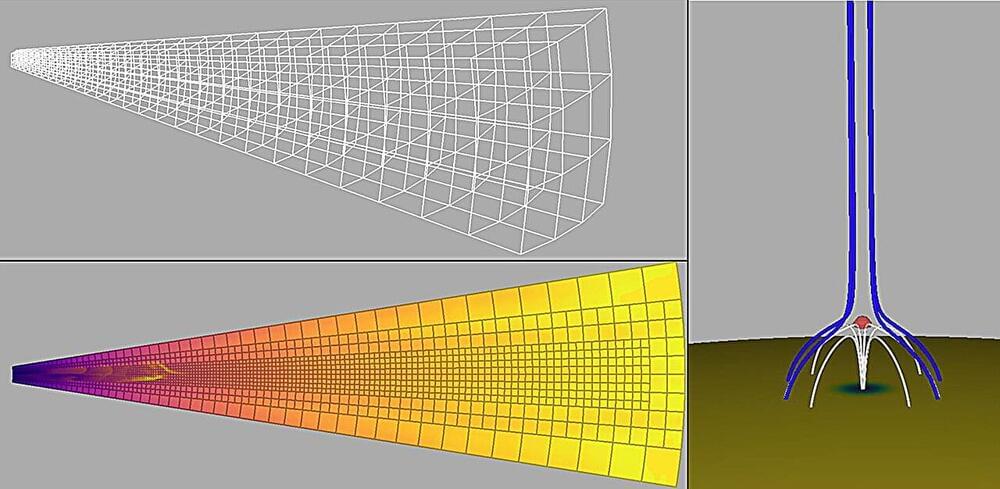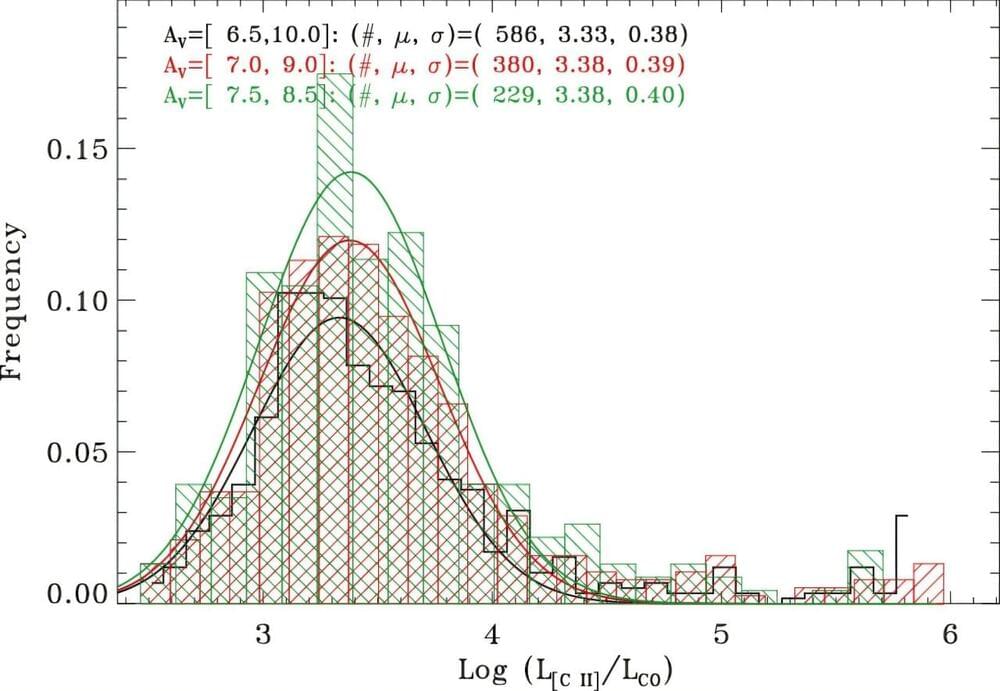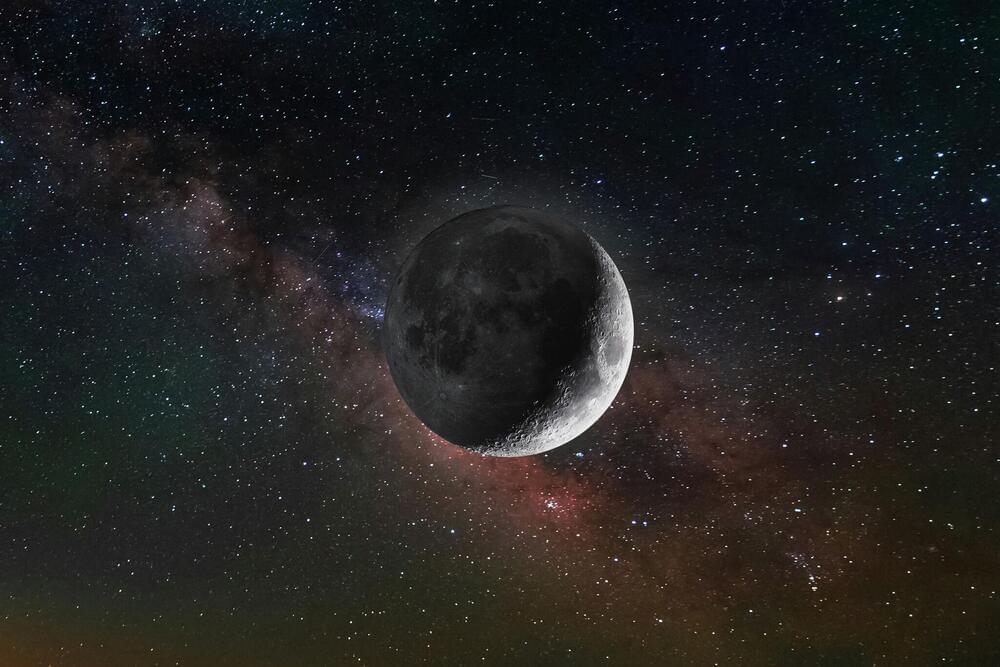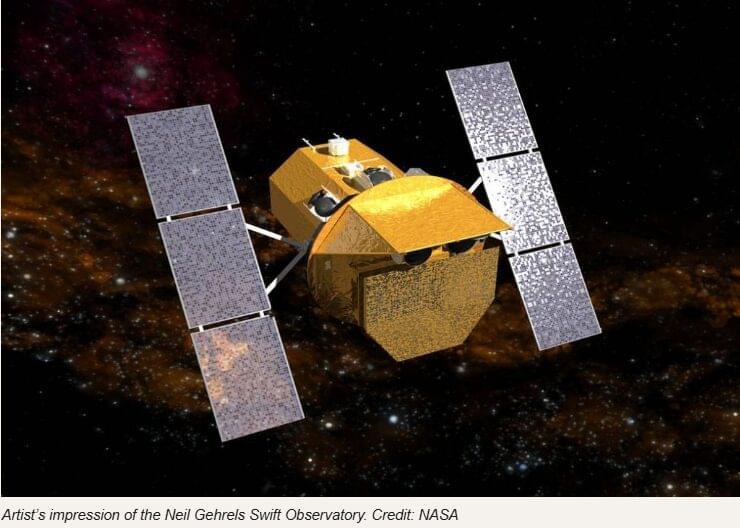It could have huge consequences 😰 Read more.
NASA has been monitoring an anomaly in Earth’s magnetic field, growing 40,000 miles above the planet’s surface between South America and southwest Africa.
It could have huge consequences 😰 Read more.
NASA has been monitoring an anomaly in Earth’s magnetic field, growing 40,000 miles above the planet’s surface between South America and southwest Africa.

Using the X-shooter instrument at ESO’s Very Large Telescope (VLT), German astronomers have detected three new pre-white dwarfs, which turned out to be strongly hydrogen-deficient. The finding was reported in a research paper published December 20 on the pre-print server arXiv.
White dwarfs (WDs) are stellar cores left behind after a star has exhausted its nuclear fuel. Due to their high gravity, they are known to have atmospheres of either pure hydrogen or pure helium. However, a small fraction of WDs shows traces of heavier elements.
Although WDs have a relatively small size, comparable to that of the Earth, they are a few million times more massive than our planet. Pre-white dwarfs (PWDs) are a few times larger and slated to shrink in size, eventually becoming WDs within about a few thousand years.

NASA’s Parker Solar Probe mission has detected magnetic distortions in solar wind, known as switchbacks. To better understand these phenomena, whose origins remain uncertain, a study was conducted by a network of collaborators. This study, published in the journal Astronomy & Astrophysics, reveals that solar jets can create similar disturbances without causing a complete reversal of the magnetic field.
NASA’s Parker Solar Probe mission revealed the presence of switchbacks, sudden and rapid reversals of the magnetic field in the solar wind. These peculiar phenomena, rarely observed near Earth, have captivated the scientific community due to their enigmatic origins. A leading theory suggests that switchbacks originate from solar jets, which are ubiquitous in the lower atmosphere of the sun.
To investigate their origins, a team of researchers from LPP, LPC2E, FSLAC, the University of Dundee and Durham University conducted 3D numerical simulations to replicate plasma behavior in the sun’s atmosphere. These simulations modeled solar jets and studied their propagation in solar wind.

Prof. Zhao Yinghe from the Yunnan Observatories of the Chinese Academy of Sciences, along with collaborators, have conducted a study examining the correlation between the [C II] 158 micron emission and the CO(1−0) line. Their findings were published in The Astrophysical Journal.
Molecular gas (H2) plays a critical role in star formation, a key factor in the evolution of galaxies. Therefore, measuring the gas content in galaxies is crucial. However, the traditional tracer for H2 mass, the CO(1−0) line, is challenging to detect in the early universe due to various factors, including lower metal content.
As a result, there is a pressing need for alternative H2 tracers, especially as more galaxies at high redshifts are being discovered.


The Last Question is a short story by Isaac Asimov which details the evolution of humanity and our journey to answering the one question that will determine the fate of the universe.
Thumbnail art: https://www.artstation.com/artwork/vgwvY
Assets:
Entropy: https://fs.blog/2018/11/entropy/ Inte… ship by Igor Sobolevsky: https://www.artstation.com/artwork/r1… Vessel by Paul Chadeisson: https://www.artstation.com/artwork/mQ… artist: / is_somebody_able_to_remove_the_little_atomic.
Music: uncharted worlds — mass effect: • mass effect — uncharted worlds extend…
🔵 ASSETS 🔵
Intro/Outro Music: Home — Resonance.

For the past 30 years, NASA’s Great Observatories—the Hubble, Spitzer, Compton, and Chandra space telescopes—have revealed some amazing things about the universe. In addition to some of the deepest views of the universe provided by the Hubble Deep Fields campaign, these telescopes have provided insight into the unseen parts of the cosmos—i.e., in the infrared, gamma-ray, and ultraviolet spectrums.
With the success of these observatories and the James Webb Space Telescope (JWST), NASA is contemplating future missions that would reveal even more of the “unseen universe.”
This includes the UltraViolet Explorer (UVEX), a space telescope NASA plans to launch in 2030 as its next Astrophysics Medium-Class Explorer mission. In a recent study, a team led by researchers from the University of Michigan proposed another concept known as the Mission to Analyze the UltraViolet universE (MAUVE). This telescope and its sophisticated instruments were conceived during the inaugural NASA Astrophysics Mission Design School. According to the team’s paper, this mission would hypothetically be ready for launch by 2031.


Six years ago, NASA’s Dawn mission communicated with Earth for the last time, ending its exploration of Ceres and Vesta, the two largest bodies in the asteroid belt. Since then, Ceres —a water-rich dwarf planet showing signs of geological activity— has been at the center of intense debates about its origin and evolution.
Now, a study led by IAA-CSIC, using Dawn data and an innovative methodology, has identified 11 new regions suggesting the existence of an internal reservoir of organic materials in the dwarf planet. The results, published in The Planetary Science Journal, provide critical insights into the potential nature of this celestial body.
In 2017, the Dawn spacecraft detected organic compounds near the Ernutet crater in Ceres’ northern hemisphere, sparking discussions about their origin. One leading hypothesis proposed an exogenous origin, suggesting these materials were delivered by recent impacts of organic-rich comets or asteroids.